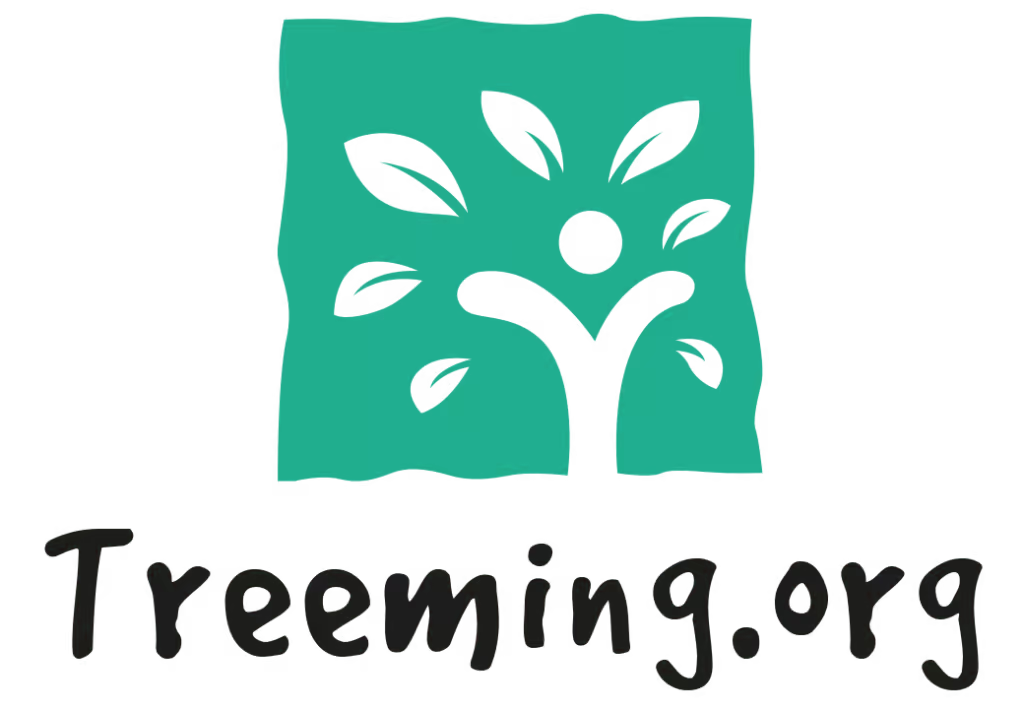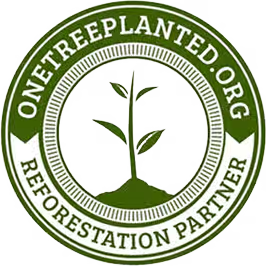Forest Therapy, also known as Shinrin-yoku, has been gaining attention for its potential health benefits, particularly its anti-inflammatory properties. For individuals battling Crohn’s Disease, a chronic inflammatory condition of the gastrointestinal tract, this natural therapy offers a promising complementary approach to traditional treatments. This article delves into the science and personal stories behind forest therapy, its impact on Crohn’s Disease, and practical ways to incorporate it into daily life.
Key Takeaways
- Forest Therapy, or Shinrin-yoku, is a natural method that may help reduce inflammation and improve overall well-being.
- Scientific studies have shown that spending time in forests can lower stress hormones and inflammatory markers.
- Personal anecdotes highlight the transformative impact of forest therapy on individuals with Crohn’s Disease.
- Integrating forest therapy into daily life can be as simple as regular walks in a local park or more structured guided sessions.
- Ongoing research is exploring the broader applications of forest therapy in medical treatments beyond Crohn’s Disease.
The Healing Power of Forest Therapy
Understanding Forest Therapy
Forest Therapy, also known as Forest Bathing, is a practice that involves immersing yourself in nature to promote physical and mental well-being. This ancient practice, rooted in Japanese culture, encourages you to slow down and connect with the natural world through all your senses. The serene environment of a forest can help reduce stress, lower blood pressure, and improve mood.
Scientific Evidence Supporting Forest Therapy
Numerous studies have shown that spending time in forests can have profound health benefits. Research indicates that Forest Bathing can boost the immune system, reduce inflammation, and enhance overall well-being. The natural compounds released by trees, known as phytoncides, play a significant role in these health benefits. These compounds have been found to increase the activity of natural killer cells, which are essential for a healthy immune response.
Personal Stories of Healing
Many individuals with chronic illnesses, including Crohn’s Disease, have found solace and healing through Forest Therapy. Personal stories highlight how regular visits to the forest have helped manage symptoms and improve quality of life. The calming effect of nature provides a much-needed respite from the daily struggles of living with a chronic condition. One individual shared how Forest Therapy became a crucial part of their holistic approach to managing Crohn’s Disease, alongside dietary changes and herbal medicines.
Crohn’s Disease: A Battle Within
Symptoms and Challenges
Living with Crohn’s disease is an ongoing struggle. The prevalence of IBD is increasing worldwide, affecting millions of people. Symptoms can be debilitating, including bloody diarrhea, abdominal pain, and emesis. Some patients also experience extraintestinal manifestations like arthritis and iridocyclitis. The chronic nature of the disease makes it difficult to cure and significantly impacts the quality of life.
Current Treatment Options
Current management strategies for Crohn’s disease focus on targeting inflammation. These include immunosuppressive therapy with corticosteroids, immunomodulators, and monoclonal antibodies. Despite these treatments, many patients continue to suffer from relapses and side effects, making it clear that more effective solutions are needed.
The Emotional Toll
The emotional toll of Crohn’s disease cannot be overstated. The constant battle with symptoms and the uncertainty of flare-ups can lead to anxiety and depression. Patients often feel isolated and misunderstood, as the invisible nature of the disease makes it hard for others to comprehend their daily struggles.
The journey with Crohn’s disease is not just a physical battle but an emotional one as well. The need for understanding and support is paramount for those affected by this relentless condition.
Nature’s Embrace: How Forests Soothe Inflammation
The Science Behind Nature’s Calming Effect
When you step into a forest, you are enveloped by a sense of peace and tranquility. This isn’t just a feeling; it’s a scientifically proven response. Exposure to natural environments has been shown to reduce levels of cortisol, the body’s primary stress hormone. This reduction in stress can lead to decreased inflammation, which is particularly beneficial for those suffering from Crohn’s Disease.
Case Studies of Forest Therapy Success
Numerous case studies have highlighted the positive impact of forest therapy on individuals with chronic inflammatory conditions. For instance, one study found that participants who engaged in regular forest walks experienced a significant reduction in their Crohn’s symptoms. These walks not only improved their physical health but also provided emotional relief, creating a holistic healing experience.
Integrating Forest Therapy into Daily Life
Incorporating forest therapy into your daily routine doesn’t have to be complicated. Here are some simple steps to get started:
- Find a local park or nature reserve: Even urban areas often have green spaces where you can immerse yourself in nature.
- Schedule regular visits: Consistency is key. Aim for at least one visit per week to start.
- Engage your senses: Take the time to listen to the birds, feel the texture of the leaves, and breathe in the fresh air.
- Practice mindfulness: Use your time in nature to meditate or practice deep breathing exercises.
The forest is not just a place; it’s a sanctuary for healing. Embrace its calming presence and let it work its magic on your body and soul.
Holistic Approaches to Managing Crohn’s Disease
Dietary Changes for Inflammation
Diet plays a crucial role in managing Crohn’s disease. Eliminating trigger foods and incorporating anti-inflammatory foods can significantly reduce symptoms. Consider adopting a diet rich in omega-3 fatty acids, probiotics, and fiber. Here are some dietary changes to consider:
- Omega-3 Fatty Acids: Found in fish, flaxseeds, and walnuts, these can help reduce inflammation.
- Probiotics: Yogurt, kefir, and fermented foods can promote gut health.
- Fiber: Whole grains, fruits, and vegetables can aid digestion, but be cautious if you have strictures.
The Role of Herbal Medicines
Herbal medicines have shown promise in managing Crohn’s disease. Some herbs have anti-inflammatory properties that can help soothe the gut. Commonly used herbs include:
- Turmeric: Contains curcumin, which has potent anti-inflammatory effects.
- Aloe Vera: Known for its soothing properties, it can help reduce gut inflammation.
- Boswellia: An herb that can inhibit inflammatory pathways.
Mind-Body Practices
The mind-body connection is powerful in managing chronic illnesses like Crohn’s disease. Practices such as yoga, meditation, and deep-breathing exercises can help reduce stress and inflammation. Consider integrating these practices into your daily routine:
- Yoga: Helps improve flexibility and reduce stress.
- Meditation: Can calm the mind and reduce inflammatory responses.
- Deep-Breathing Exercises: Simple techniques to lower stress levels and promote relaxation.
Embracing a holistic approach to managing Crohn’s disease can provide not just physical relief but also emotional and mental well-being. By making mindful choices in diet, exploring the benefits of herbal medicines, and practicing mind-body techniques, you can take control of your health and find a path to healing.
Creating Your Own Forest Therapy Routine
Finding the Right Environment
Choosing the perfect spot for your forest therapy is crucial. Look for areas that are rich in biodiversity and have minimal human interference. The psychology of nature plays a significant role in how effective your therapy will be. The more serene and untouched the environment, the better it is for your mental and physical well-being.
Guided Forest Therapy Sessions
If you’re new to forest therapy, consider starting with guided sessions. These are often led by certified forest therapy guides who can help you maximize the benefits. Guided sessions can provide structure and ensure that you are engaging with nature in a meaningful way. Discover the therapeutic powers of forest bathing for stress relief, immunity, and sensory awakening.
DIY Forest Therapy Tips
For those who prefer a more personal approach, DIY forest therapy can be just as effective. Here are some tips to get you started:
- Set an intention: Before you begin, decide what you want to achieve from your session.
- Engage your senses: Take time to smell the flowers, listen to the birds, and feel the texture of leaves.
- Practice mindfulness: Be present in the moment and let go of any distracting thoughts.
- Stay consistent: Make forest therapy a regular part of your routine for the best results.
Nature has a unique way of healing us, both physically and emotionally. Embrace it fully and let it work its magic.
The Future of Forest Therapy in Medical Treatment
Ongoing Research and Innovations
The field of forest therapy is rapidly evolving, with ongoing research and innovations shedding light on its potential benefits. Researchers are exploring how forest therapy can be integrated into conventional medical treatments to enhance patient outcomes. This includes studies on its impact on mental health, immune function, and overall well-being.
Potential for Broader Applications
Forest therapy is not just for those battling chronic illnesses. Its potential for broader applications is immense, from supporting wellness, resilience, and community with various populations to enhancing the quality of life for the elderly and those in high-stress professions. Imagine a world where forest therapy is a standard part of healthcare, accessible to all who need it.
Advocating for Natural Therapies
As the evidence supporting forest therapy grows, so does the need for advocacy. Healthcare providers and policymakers must recognize the value of natural therapies and work towards integrating them into mainstream medicine. This means investing in research, educating healthcare professionals, and creating policies that support the use of forest therapy in clinical settings.
The future of forest therapy in medical treatment is bright, promising a holistic approach to health that honors the healing power of nature.
The future of forest therapy in medical treatment is promising, with growing recognition of its benefits for mental and physical health. As we continue to explore the healing power of nature, forest therapy is set to become an integral part of holistic healthcare. Don’t miss out on this transformative journey. Visit our website to learn more and enroll in our forest bathing courses today!
Conclusion
In the serene embrace of nature, forest therapy emerges as a beacon of hope for those battling Crohn’s Disease. The intertwining of natural beauty and therapeutic benefits offers a holistic approach to managing inflammation and promoting overall well-being. As we continue to explore and validate the profound impacts of forest therapy, it becomes evident that nature’s gentle touch can complement traditional treatments, providing a sanctuary for healing and rejuvenation. Let us embrace the tranquility of the forests, allowing their timeless wisdom to guide us towards a healthier, more balanced life.
Frequently Asked Questions
What is forest therapy?
Forest therapy, also known as forest bathing or Shinrin-yoku, is a practice that involves immersing oneself in a forest environment to promote mental and physical health.
How does forest therapy help with Crohn’s Disease?
Forest therapy helps reduce stress and inflammation, which are key factors in managing Crohn’s Disease. The natural environment can have calming effects on the body and mind, potentially alleviating some symptoms.
Is there scientific evidence supporting forest therapy?
Yes, scientific studies have shown that spending time in nature can reduce stress hormones, lower blood pressure, and improve overall well-being, which can be beneficial for individuals with inflammatory conditions like Crohn’s Disease.
Can forest therapy replace traditional treatments for Crohn’s Disease?
Forest therapy should not replace traditional treatments but can be used as a complementary approach. Always consult with your healthcare provider before making any changes to your treatment plan.
What should I wear and bring for a forest therapy session?
Wear comfortable clothing and sturdy shoes. Bring water, a small snack, and any personal items you might need. It’s also a good idea to carry a map or have a guide if you’re unfamiliar with the area.
How often should I practice forest therapy for it to be effective?
The frequency of forest therapy sessions can vary, but even spending a couple of hours in nature once a week can have significant benefits. Consistency is key to experiencing the positive effects.








